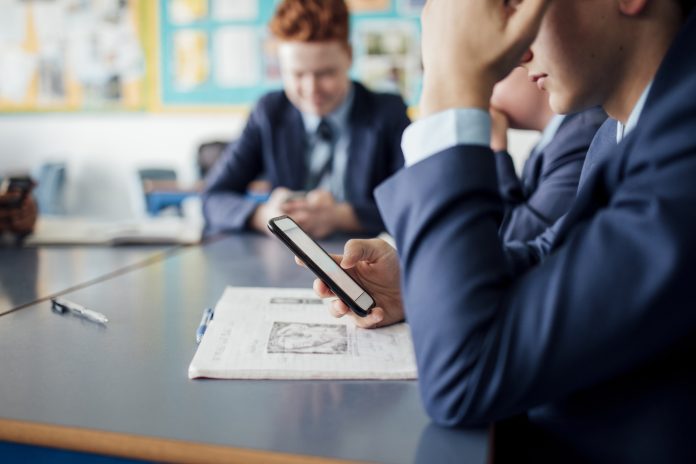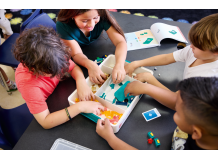Southern Illinois University conducted a study where researchers explored a new approach to manage cell phone use in college classrooms
The study, published in Frontiers in Education, introduced the concept of “technology breaks” as a potential solution to curb distractions while improving student engagement and performance.
Enhancing focus with brief breaks
Led by Prof. Ryan Redner, the research team investigated the impact of short technology breaks during lecture sessions. These breaks, lasting one, two, or four minutes, were strategically timed 15 minutes into the class. Contrasting these were control sessions where students had question breaks of equivalent duration but were not allowed to use their phones.
The shortest break duration of one minute proved most effective in minimising phone interactions.“We show that technology breaks may be helpful for reducing cell phone use in the college classroom,” Prof. Redner explained.
Improving academic performance
Students’ test scores also showed a significant increase during sessions with one-minute technology breaks, consistently exceeding 80%. This correlation suggests that reduced phone distractions may lead to better concentration and retention of lecture content.
While the study provides promising insights, researchers reported variability in phone use across sessions, suggesting further investigation is needed to fully comprehend these patterns.
Addressing behavioural patterns
Addressing concerns about reactivity, where subjects modify their behaviour due to awareness of being observed, Prof. Redner suggested that over time, students may have adapted to phone policies in classrooms. “Our hope is that it means students were less distracted during lecture, which leads to better performance,” he emphasised.
The implications extend beyond reducing phone use to promoting a more interactive classroom environment. By incorporating short technology breaks, educators may encourage student participation and enhance learning outcomes without compromising discipline.
The researchers advocate for continued investigation into reinforcement-based strategies to manage phone use effectively. They highlight the need for more studies to uncover the mechanisms influencing phone use variability and to refine strategies accordingly.
By exploring such proactive measures, educators can shape environments conducive to learning while accommodating the digital habits of today’s students. As Prof. Redner concludes, “We are trying to find ways to reduce cell phone use and doing so without penalties. We hope our findings inspire researchers and teachers to try approaches to reducing cell phone use that are reinforcement-based.”











